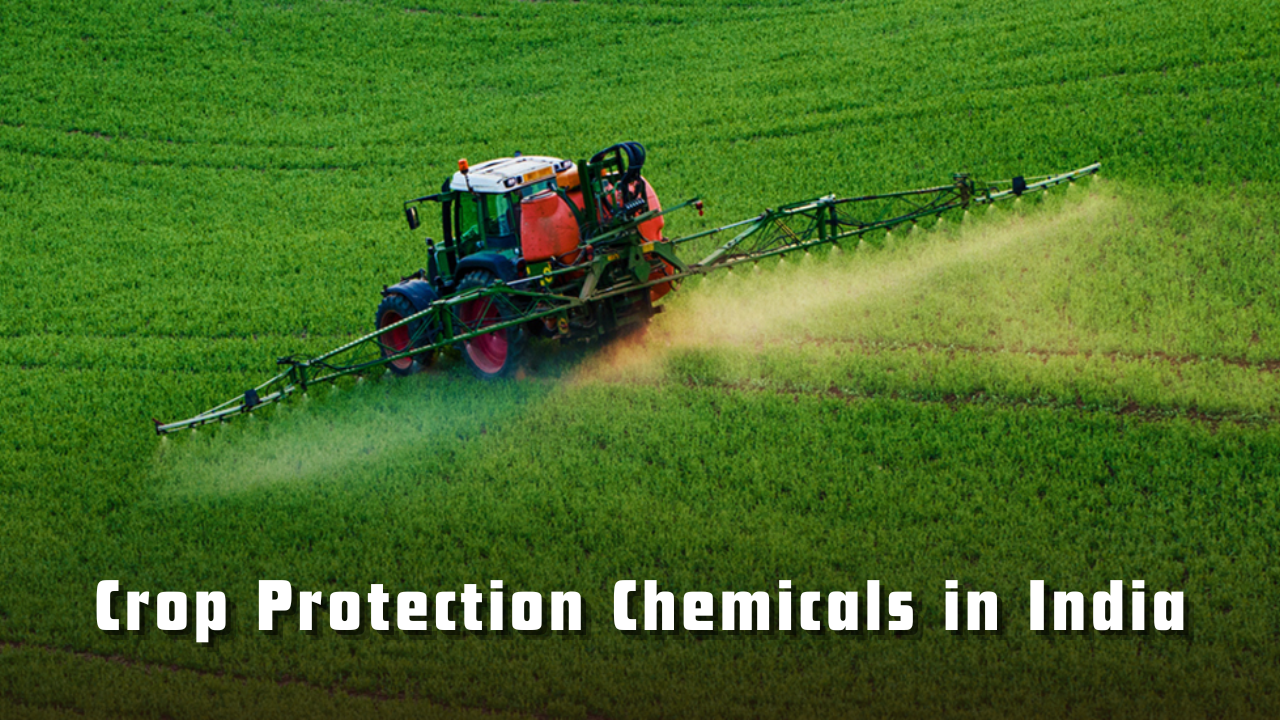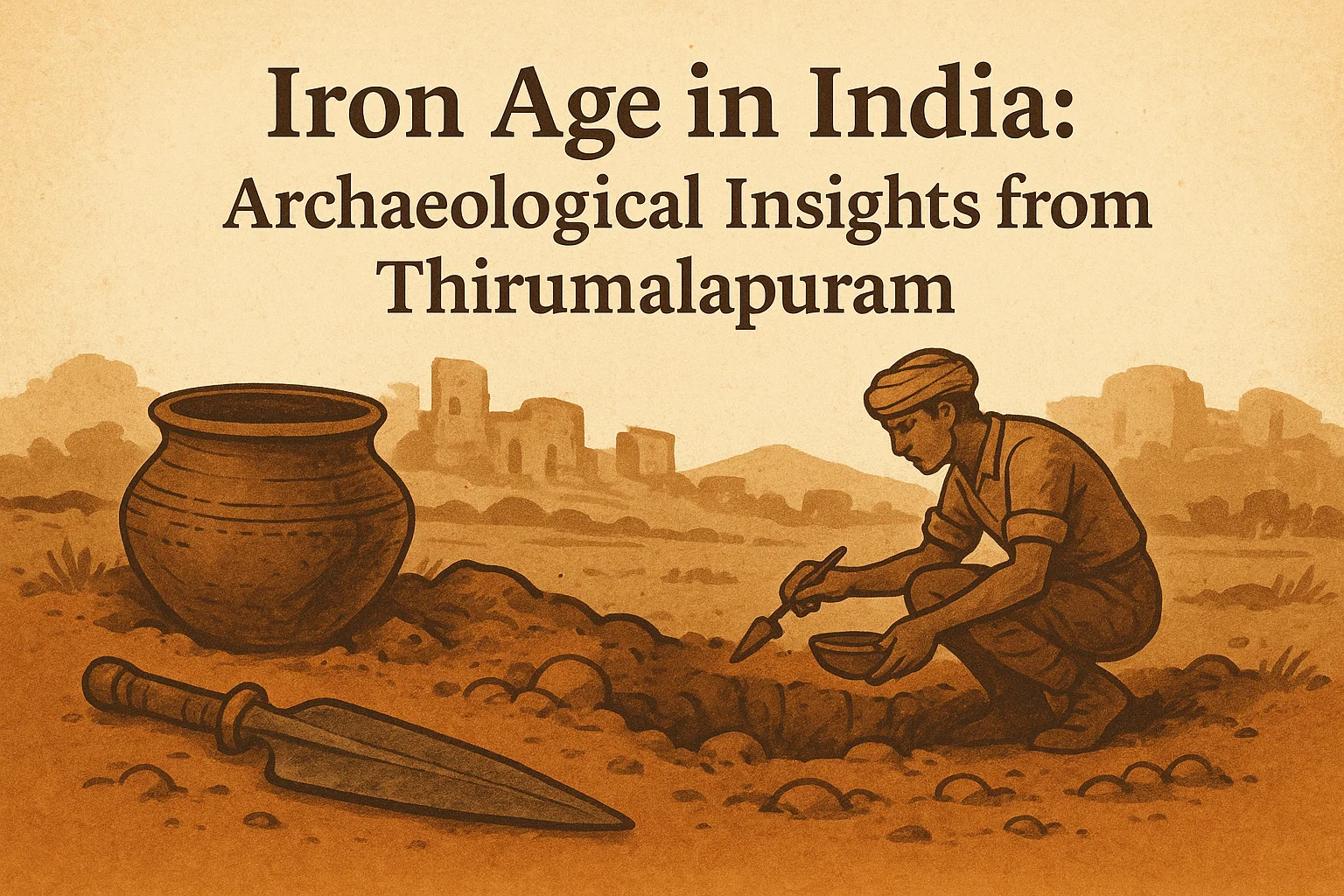Font size:
Print
Crop Protection Chemicals in India
Crop protection: India’s agriculture sector is witnessing a structural transformation driven by labour shortages, technological innovation, and a rising need for precision in crop management.
More on News
- Among all farm inputs, crop protection chemicals—popularly known as pesticides—are evolving rapidly, with herbicides emerging as the fastest-growing segment.
- From traditional weed control to smart pre-emergent applications, herbicides are becoming vital for Indian farmers navigating changing labour dynamics and crop challenges.
What Are Crop Protection Chemicals?
- Crop protection chemicals, commonly known as pesticides, are substances used to safeguard crops from pests, diseases, and weeds. They include:
- Insecticides (control pests like the white-backed plant hopper in rice)
- Fungicides (prevent fungal diseases like blast in rice and rust in wheat)
- Herbicides (kill weeds competing for nutrients and sunlight)
- With India’s Rs 24,500 crore organised crop protection market, herbicides are the fastest-growing segment (10% annual growth), driven by labor shortages and the need for efficient weed control.
Why Are Herbicides Gaining Popularity in India?
- Labor Shortage: Manual weeding takes 8-10 hours per acre, and rural labor costs have risen from Rs 326 (2019) to Rs 447 (2024) per day.
- Efficiency: Herbicides like pre-emergent and early post-emergent sprays prevent weeds before they grow, saving time and costs.
- Cost-Effectiveness: Herbicide spraying costs Rs 850-900 per acre, compared to Rs 2,000+ for manual weeding.
Who Dominates India’s Crop Protection Market?
- The market is largely controlled by multinational corporations (MNCs): Bayer AG (15%), Syngenta (12%, owned by China’s Sinochem), ADAMA (10%, also under Sinochem), Corteva (7%) and Sumitomo Chemical (6%).
- Indian players like Dhanuka Agritech (6%) and Crystal Crop Protection (4%) are expanding through acquisitions (e.g., Crystal’s purchase of Bayer’s Ethoxysulfuron and Syngenta’s Gramoxone).
What Are the Concerns Over Market Monopoly?
Unlike seeds and fertilizers, crop protection chemicals remain dominated by MNCs, raising concerns over:
- Dependence on foreign companies (especially Chinese-owned firms like Syngenta).
- Limited indigenous R&D in new agrochemical formulations.
- High costs of patented herbicides compared to traditional weeding.
How Is India Responding to These Challenges?
- Acquisitions & Partnerships: Indian firms like Crystal Crop Protection are buying rights to global brands (e.g., Sikosa herbicide developed with US and Japanese firms).
- Encouraging Domestic Innovation: Focus on indigenous agrochemical R&D under schemes like PLI for agrochemicals.
- Promoting Alternatives: Bio-pesticides and organic farming to reduce chemical dependence.
Subscribe to our Youtube Channel for more Valuable Content – TheStudyias
Download the App to Subscribe to our Courses – Thestudyias
The Source’s Authority and Ownership of the Article is Claimed By THE STUDY IAS BY MANIKANT SINGH





